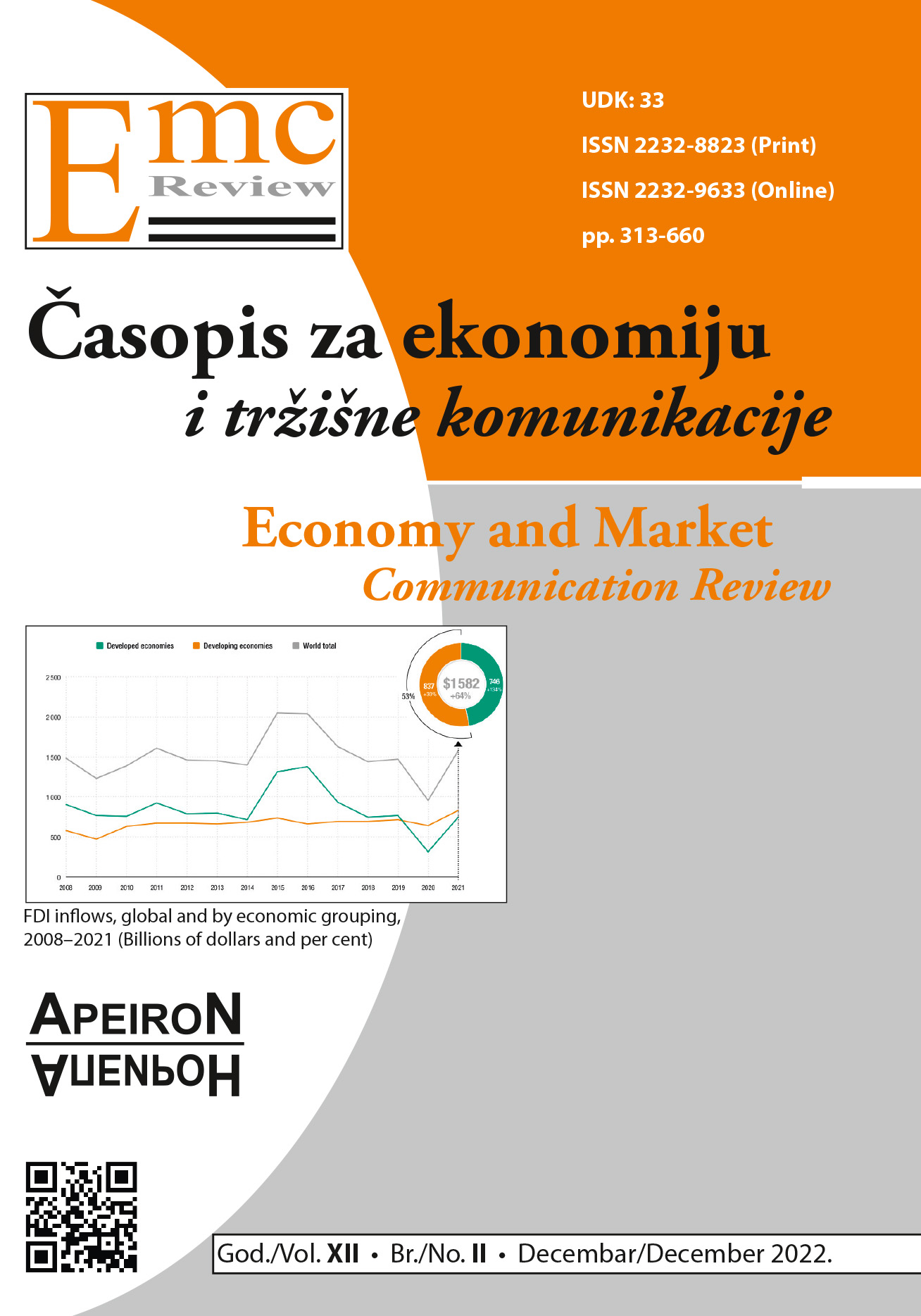CONFIRMATORY FACTOR ANALYSIS OF ORGANIZATIONAL EFFICINECY IN PUBLIC SECTOR: STRUCTURAL EQUATION MODEL FOR FIVE LOCAL GOVERNMENTS IN REPUBLIC OF SRPSKA
DOI:
https://doi.org/10.7251/EMC2202570SAbstract
In this paper idea is to use the Structure Equation Model approach to the model organizational structure of local governments. The hypothesis is that a complex hierarchical model can be used for improving efficiency in the public sector. The final model with satisfactory parameters showed that this is possible. Process assumed identification of an optimal set of questions as directly measured variables. Latent variables are indirectly measured by a certain set of directly measured variables. The iterative approach filters the optimal set of the directly measured variable and the optimal setting of relations between latent variables. Latent variables are organized in two levels. Certain hierarchical seating is assumed according to the relevant literature. This is confirmed with the applied structural equation model that is further used for the confirmatory factor analysis. Measured variables that are determined according to the questioner are used to extract those factors, where relations between those factors have been analyzed. Fact that organizational cohesiveness has the highest loading of 0.881, gives a conditional conclusion that for group management as whole, this is the key factor.
